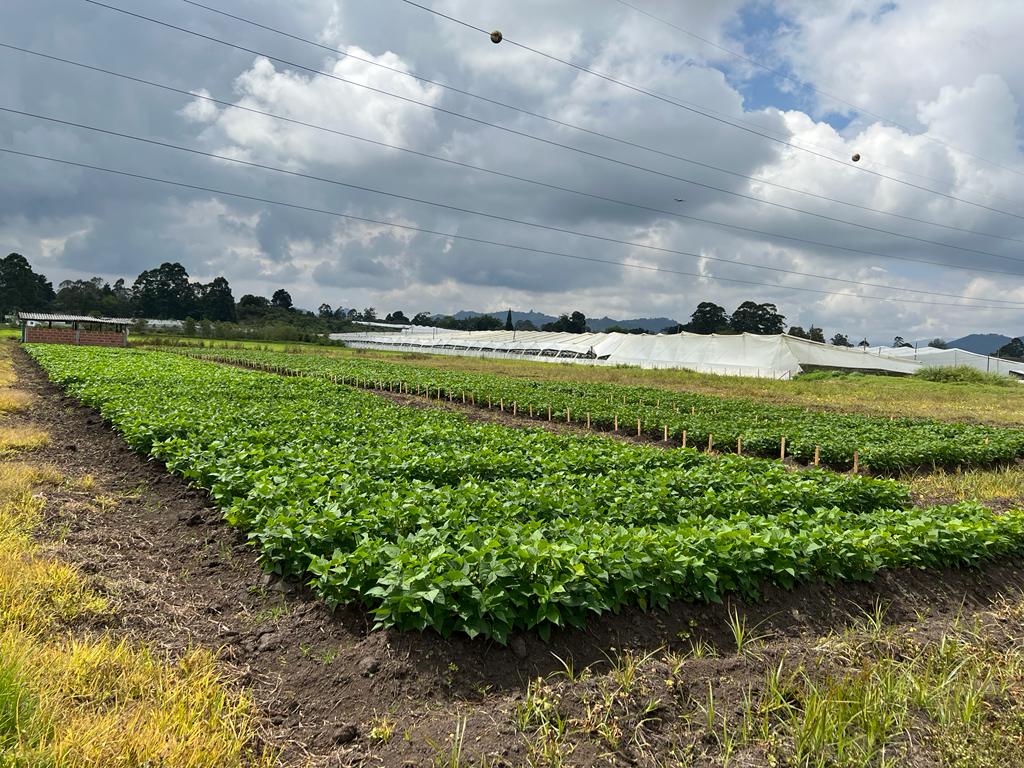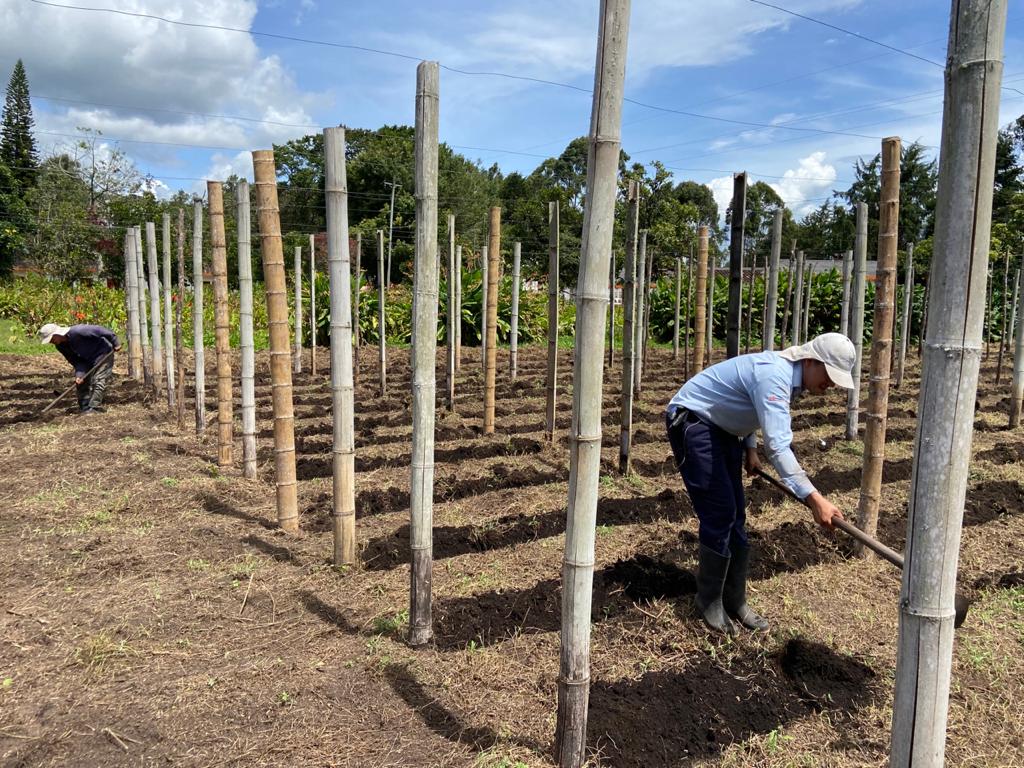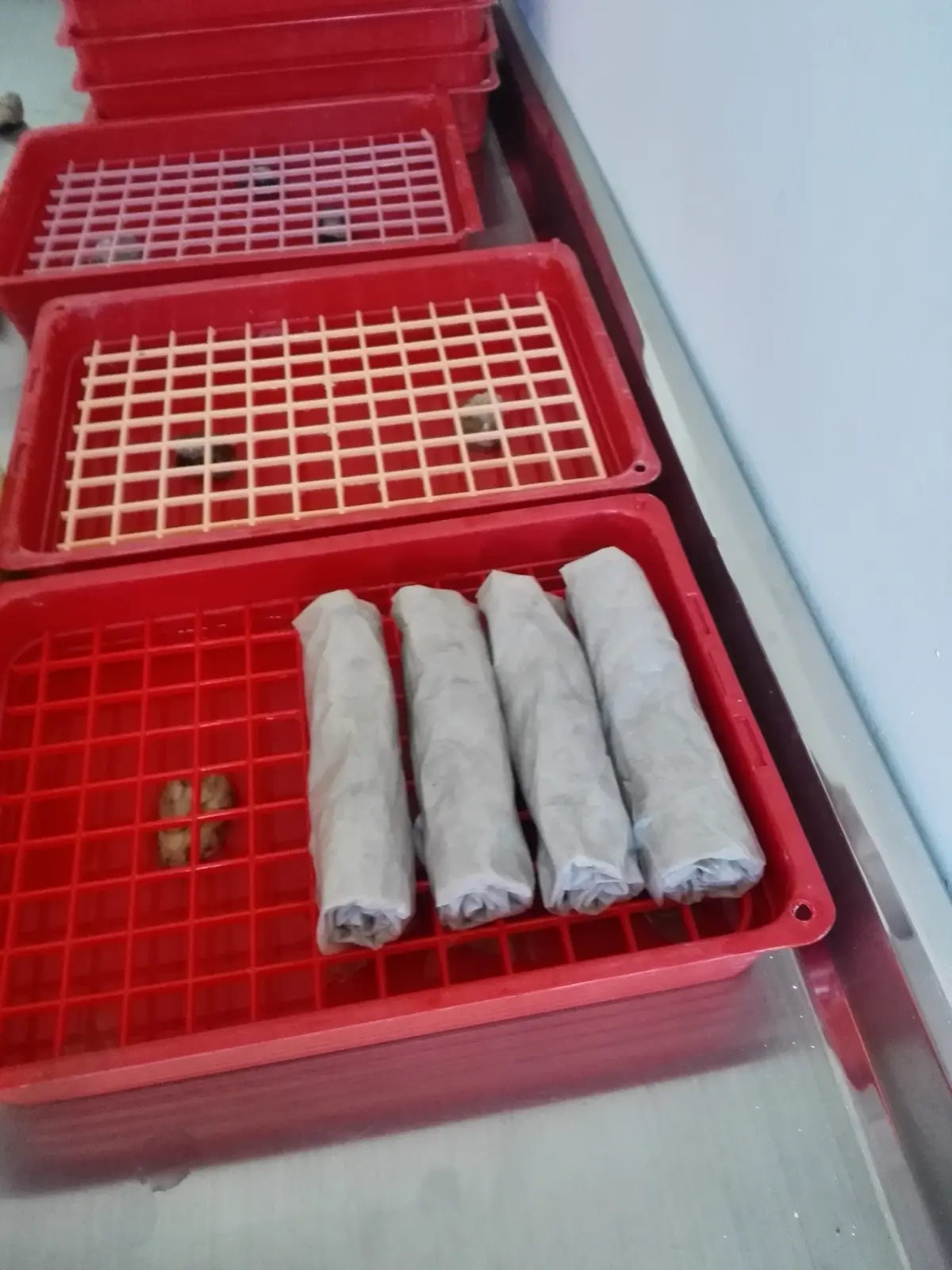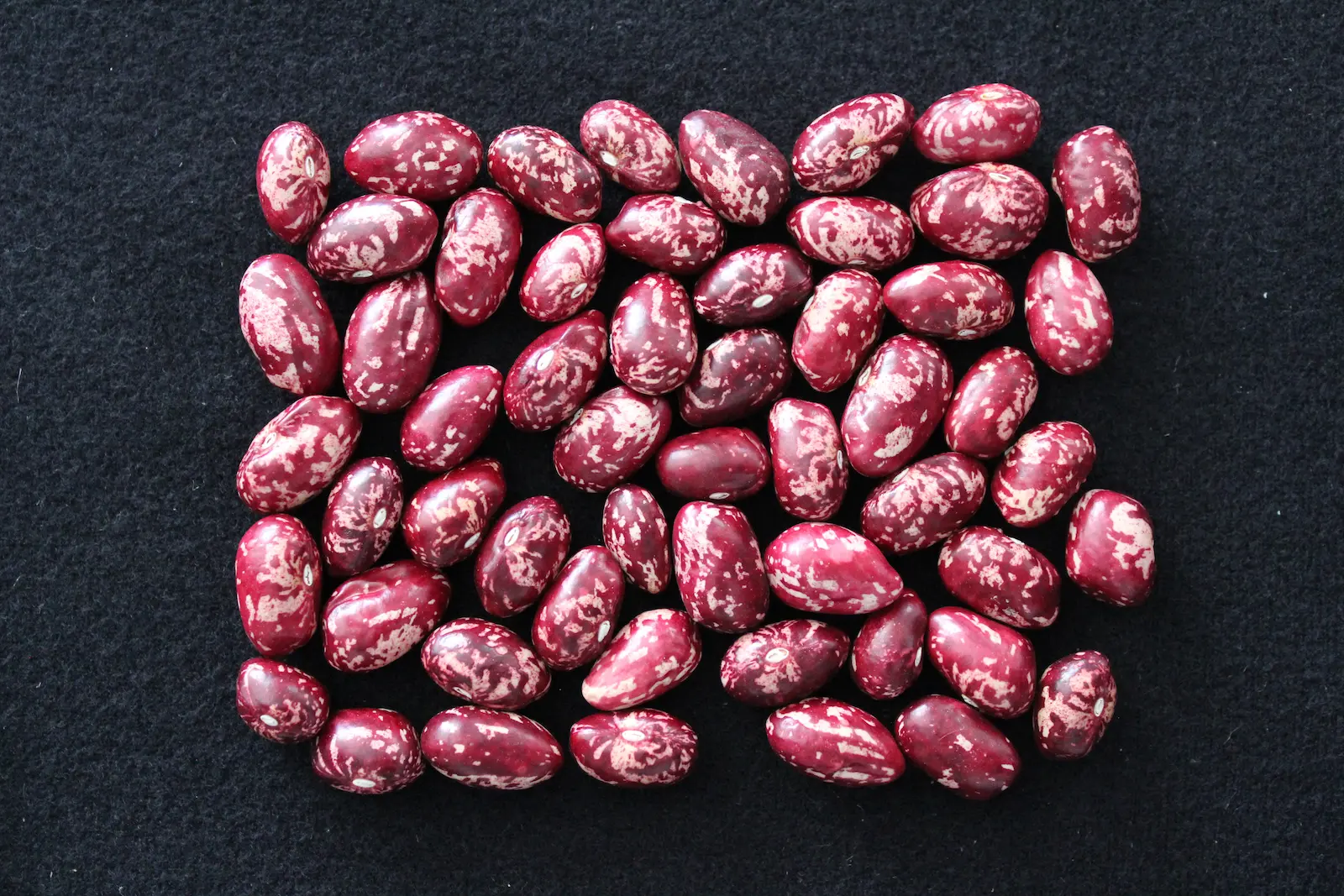Recommendations for producing bean seeds
Phaseolus vulgaris

- Thematic area:
- Planting material and genetic breeding
- Productive system:
- Bean
- Geographic coverage:
-
Andean and Caribbean regions
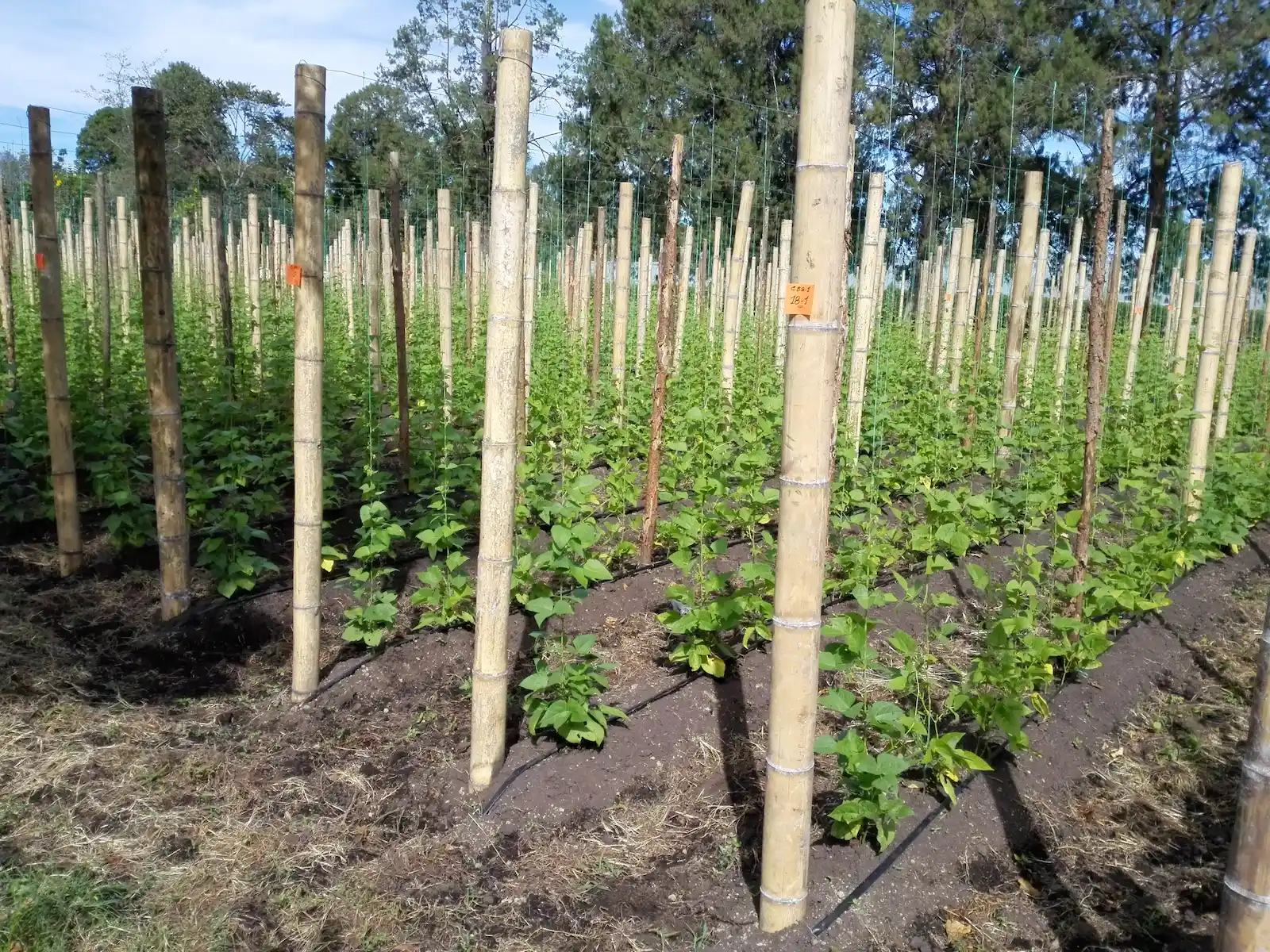
Description
These are a series of recommendations for the production process of quality bean (Phaseolus vulgaris) seed in the genetic, basic or fundamental, certified, and selected categories, aimed at small and medium producers and associations in aspects ranging from plot selection to land preparation, treatment before sowing, planting densities, doses and times in soil fertilization for shrub and/or climbing beans, adequate weed management, pest and disease management through constant monitoring and adequate diagnosis, rational use of pesticides and use of personal protection elements - PPE, and harvest and post-harvest processes such as cleaning, selection, drying, weighing, and storage.
These recommendations offer farmers relevant information to support their management decisions and optimize their yields, processes, and resources for quality bean seed production.
By implementing these recommendations, the following is achieved:
- Reduce the use of agrochemicals by approximately 23%.
- Reduce the spread of pests and diseases originating from seeds.
- Optimize productivity due to the standardization of processes and activities.
- Increase the diversity of quality seeds in the regions.
- Promote the availability and conservation of genetic resources of regional bean materials.
- Strengthen the traditional culture of regional bean materials in some areas (Liborino and others).
- Strengthen technical and organizational capacities around the production of quality seed.
- Diversify the income of producers and associations by adopting the seed production business model.
- Reduce the use of agrochemicals due to the reduction in the number of applications.
- Increased profits from the sale of seed.
Furthermore, by applying the recommendations, the quality attributes of the seed are ensured genetically to the extent that the variety has its own characteristics and is not mixed with other varieties. Regarding physical quality, this seed will not have dirt, mixtures with weed seeds, or broken or uneven seeds. In the case of sanitary quality, eliminating plants with diseases transmitted by seed and selecting sick grains during harvest ensures that the seed has sanitary quality. Finally, a percentage higher than 80% is ensured by carrying out germination tests during harvest.
The recommendations are applicable to all bush growth varieties, which is why they are a complement to AGROSAVIA's bean varieties: CORPOICA ROJO 39, AGROSAVIA ROJO 43, Corpoica Froilán and CORPOICA RADICAL JiJi.
Furthermore, the use domain's geographic area is the entire national territory where common beans (Phaseolus vulgaris) with bushy and climbing growths are planted to produce quality seeds, specifically in the Andean and Caribbean natural regions.
Audiovisual content
Proceso de producción de semilla de calidad de frijol [Spanish]
Related publications
- Infographic: Manejo agronómico: Selección de semilla y variedades.
- Productive Model: Modelo tecnológico para el cultivo de fríjol voluble (Phaseolus vulgaris L.) en el departamento de Antioquia.
Image gallery

